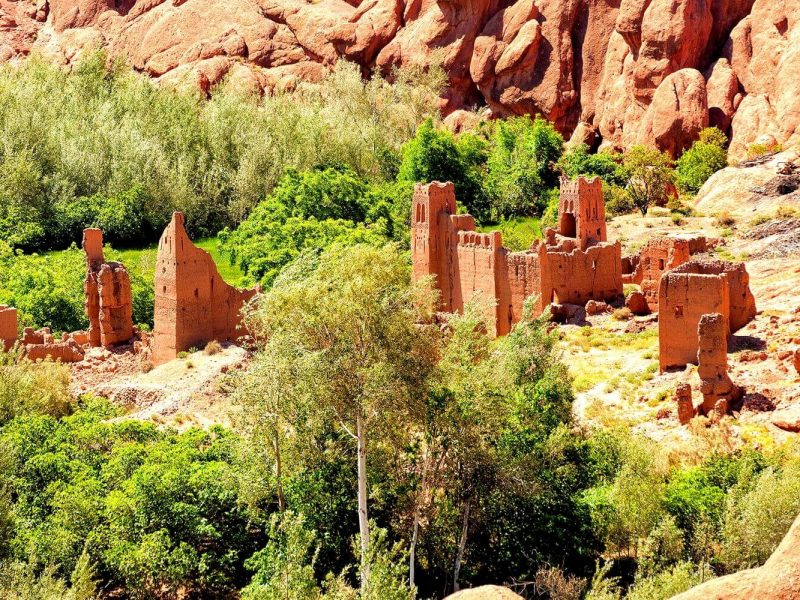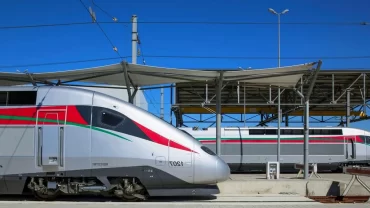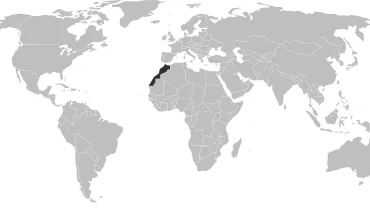Morocco, a country where vibrant culture meets stunning landscapes, has become a sought-after travel destination for adventurers, history buffs, and wanderers alike. From the majestic Atlas Mountains to the bustling medinas of Marrakech and the tranquil beaches along the coastline, Morocco offers a diverse range of experiences that cater to all types of travelers. However, one of the most critical factors in planning your Moroccan adventure is choosing the right time to visit. In this comprehensive guide, we’ll take a deep dive into the various seasons and factors that determine the best time to explore Morocco.
Before delving into the specifics of each season, it’s important to grasp the overall climate of Morocco. The country features a Mediterranean climate along the coast and in the north, characterized by mild, wet winters and hot, dry summers. Inland areas experience a continental climate with hotter summers and colder winters, while the Sahara Desert region boasts extreme temperature variations between day and night.
1. Spring: March to May
Spring emerges as one of the most favored seasons for visiting Morocco. With mild temperatures, blossoming landscapes, and an abundance of festivals, this is a prime time to experience the country’s charm. The months of April and May are particularly delightful, as the weather is warm and pleasant, making it ideal for exploring cities, hiking, and enjoying outdoor activities. The city of Marrakech comes to life during this season, with the annual Rose Festival in El Kelaa des M’Gouna and the colorful Marrakech Popular Arts Festival.
2. Summer: June to August
Summer in Morocco brings soaring temperatures, especially in the interior regions and desert areas. While coastal cities such as Casablanca and Essaouira experience milder temperatures, the Sahara Desert can reach scorching highs. Travelers who can tolerate heat might find this a suitable time for a beach holiday, but it’s important to stay hydrated and seek shade during peak sun hours. Additionally, the region of Chefchaouen, known for its blue-painted streets, offers a cooler escape from the summer heat.
3. Fall: September to November
Similar to spring, fall is considered another optimal time to visit Morocco. The weather begins to cool down, making it a comfortable period for exploration. The months of September and October are especially popular, as temperatures are pleasant, and the summer crowds start to dwindle. Fall is perfect for traversing the Atlas Mountains, exploring the ancient city of Fes, and embarking on a Morocco Sahara desert tour and camel trekking excursions. The Erfoud Date Festival, celebrating the date harvest, takes place in Erfoud during October.
4. Winter: December to February
Winter marks the low tourist season in Morocco due to the cooler temperatures, especially in the northern and inland regions. However, if you’re a fan of milder weather and fewer crowds, this might be an ideal time for your visit. Coastal cities like Agadir and Essaouira still experience relatively pleasant temperatures, and the Atlas Mountains are popular for winter sports enthusiasts. The city of Marrakech remains active, with its bustling souks and historical sites open for exploration.
Factors to Consider
**1. Ramadan:** Morocco, a predominantly Muslim country, observes the holy month of Ramadan, during which Muslims fast from sunrise to sunset. While this can be an interesting cultural experience for travelers, it’s important to note that many restaurants and cafes might be closed during the day. Additionally, the pace of life slows down, and some tourist sites may have altered opening hours.
**2. Crowds:** The high tourist season in Morocco aligns with the spring and fall months when the weather is pleasant. This can lead to larger crowds at popular attractions and accommodations filling up quickly. Planning and booking in advance is advisable during these times.
**3. Festivals and Events:** Morocco boasts a rich calendar of festivals and events throughout the year. From the vibrant Imilchil Marriage Festival in September to the International Nomad Festival in M’hamid El Ghizlane, these events provide unique insights into the country’s culture and traditions.
**4. Budget:** Traveling during the off-peak winter months can lead to cost savings on accommodation and flights. However, keep in mind that some tourist facilities might be closed or have limited services during this time.
**5. Personal Preferences:** Ultimately, the best time to visit Morocco depends on your personal preferences. If you’re seeking mild weather and fewer crowds, consider traveling in the shoulder seasons. If you’re a sunseeker who enjoys the beach and outdoor excursions, summer might be your preferred time.
Choosing the best time to go on a Morocco tour depends on a variety of factors, including weather, crowd preferences, and cultural experiences. Each season offers its own unique charm, whether it’s the blossoming landscapes of spring, the festive atmosphere of fall, or the cooler temperatures of winter. By considering the climate, local events, and your personal preferences, you can plan a Moroccan adventure that suits your interests and ensures a memorable and fulfilling journey through this captivating North African gem.




Comment (0)